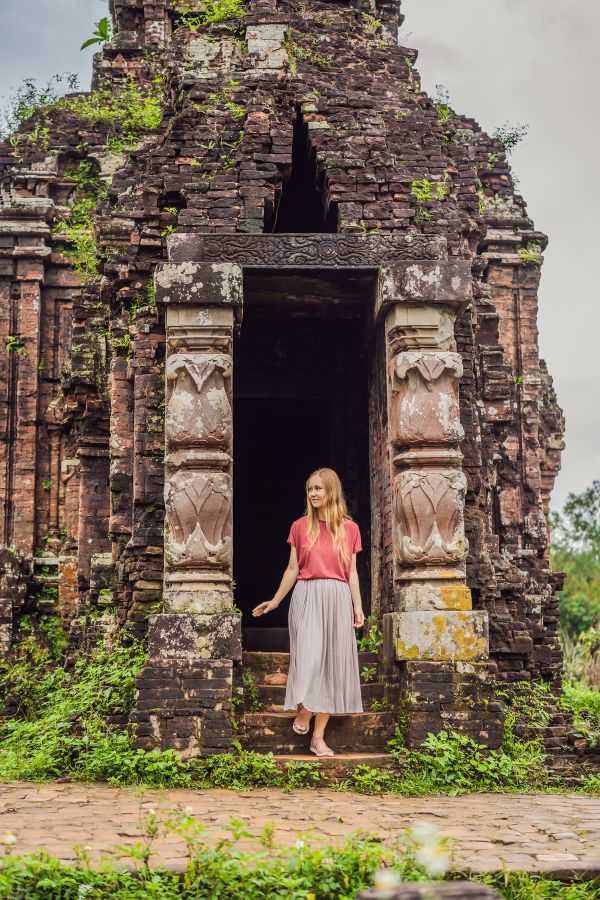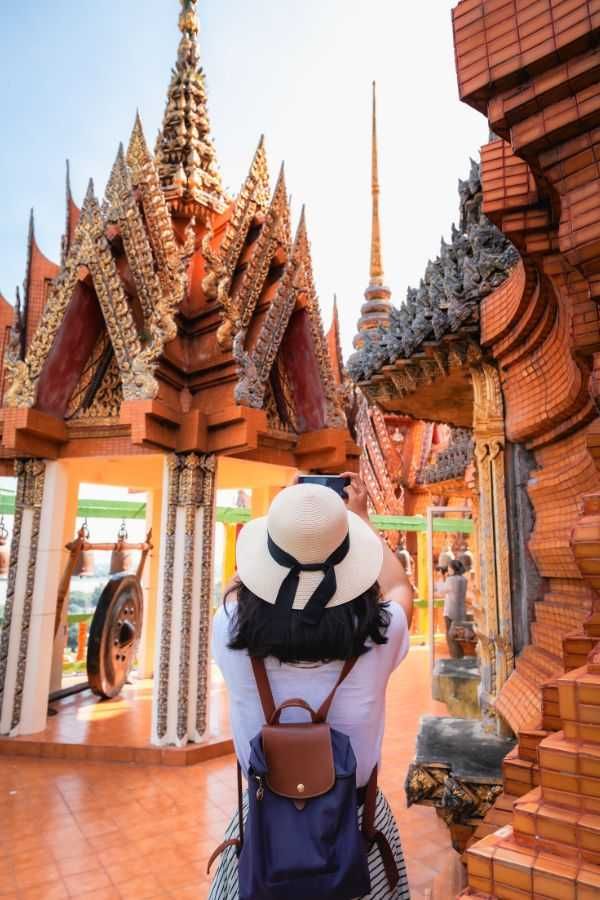How to behave in a temple?
Sacred temples and shrines in Asia are among the most sought-after attractions for tourists as they inherit the ancient roots of the local cultures and reflect the invaluable history of the people. Remarkable architecture, monumental patterns, otherworldly interiors, temples are amazing wonders to explore. Nevertheless, tourists should keep in mind that these religious sites are sacred operating places of worship and should be treated as such. We have compiled a guide of basic temple etiquette so you can respectfully visit these divine wonders of the Oriental land.
DO’S
- Show respect. Tourists must keep in mind that the locals visit these holy sites to pray and practice their religion. Mute your devices, lower your voice, and refrain from smoking, or chewing gum.
- Dress appropriately. If you’re planning to visit a temple, make sure your outfit covers your shoulders and knees. Some places provide sarongs for visitors to enter, when necessary, but not all do and you might be denied entrance at certain sites.
- Remove your hat, sunglasses, and shoes. It is a common courtesy to leave your shoes in the designated area and put your hat away when entering the worship area. It is, therefore, a good idea to choose comfortable footwear easy to take on and off.
- Make sure to step over the threshold of the floor at the temple entrance. The threshold is a sanctity itself so stepping on it is a taboo.
- Respect the monks. Be courteous when approaching them. If you are interacting with a seated monk, sit down before you speak, and avoid sitting higher than a monk if possible. Also, don’t forget to ask before taking photos.
- Give back to the temples if they accept donations. Donations are not required or expected but such contributions keep these organizations running. A typical donation is around a dollar or less.
See also: Burning incense sticks
DON’TS
- Don’t touch, sit, or climb on any statues as they are sacred objects. In some countries, this is against the law, so please be cautious when you’re traveling with children.
- Try not to turn your back toward Buddha statues.
- Women are not allowed to touch Buddhist monks as they will have to go through a cleansing ritual to purify themselves. In some designated areas, women cannot sit next to a monk either so please be extra careful to the surroundings when interacting with Buddhist monks.
- Don’t point with your fingers; it’s considered rude. Instead, use your right hand with the palm facing upwards to refer something. When sitting, never point your feet at Buddha statues or at others.
- Avoid taking photos where it is not allowed or during worship. Watch out for signs requesting no cameras and if you’re not sure, just ask. It is very impolite to bother other visitors so please respect the sacred space.
- Cram in too many temple visits may burn you out! Pick out a few temples and spread the visits throughout your trip. It will be so much more interesting and capturing to do a full tour of three symbolic temples than to rush around ten locations and get temple fatigue.
See also: Getting blessings from monks
Planning a trip to Asia?
With MakeYourAsia, your dream trip comes with stress-free planning, authentic experiences, and worry-free exploration. Simply leave everything to us!
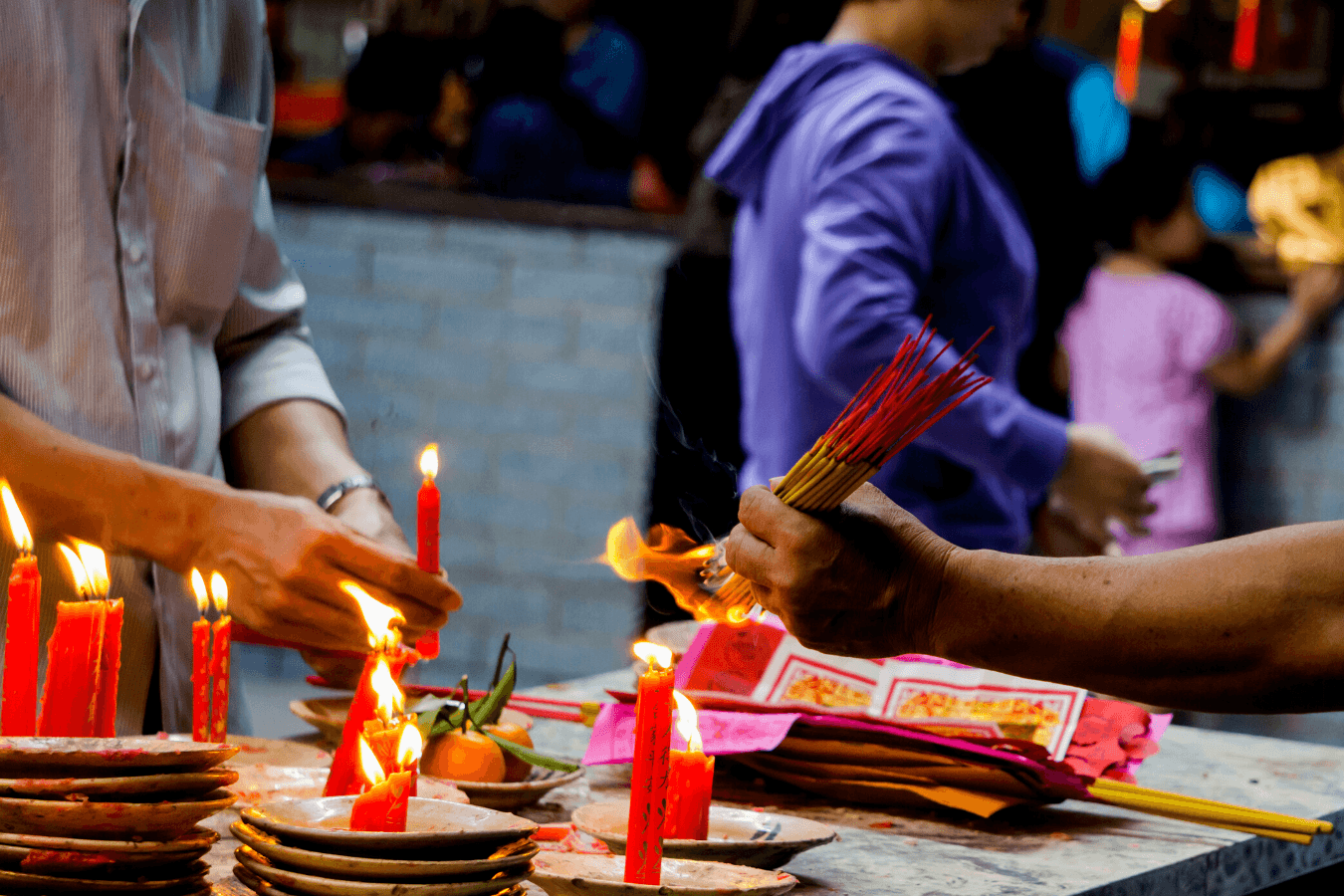
Burning incense sticks
You will likely encounter worshippers burning incense sticks as they pray to the gods or Buddha. It’s considered a way to communicate our wishes to the gods while purifying the surroundings. Let’s say you want to join the ritual and offer incense but are unsure how to do it correctly? Well, we got you covered! There are usually lighters or candles available for you to light incense around temples. To make sure the incense stick is burnt thoroughly, hold it on one hand and leave the other hand in the palm-together position covering the flame. Afterward, you can wave the sticks to put them out or you can also fan the flames with your hands. Now, hold the incense with both palms together, make a wish, and plant it into the incense bowl. At some temples where there is coiled incense hanging from the ceiling, you can ask for help to have one hung for you. Note that lighting incenses can be hazardous so please practice safety precautions.
Getting blessings from monks
Religious practitioners usually go to temples, pagodas, or shrines to pray and participate in blessing ceremonies. At certain locations, visitors can also join blessing ceremonies with monks and get blessed with good luck or great health by local monks. There are rituals where you are expected to bring offerings, which can be a small token gift or food; meanwhile, some rituals only require a donation that you deem appropriate. Depending on the country or temple that you’re visiting, each institution would have its own set of rules and customs. However, in general, blessing ceremonies include blessing chanting, incense burning, or a water ritual of some sort. If you’re interested in a spiritual experience and connecting more with Asian cultures, don’t hesitate to ask for help from your guide (if you have one) or from the locals.
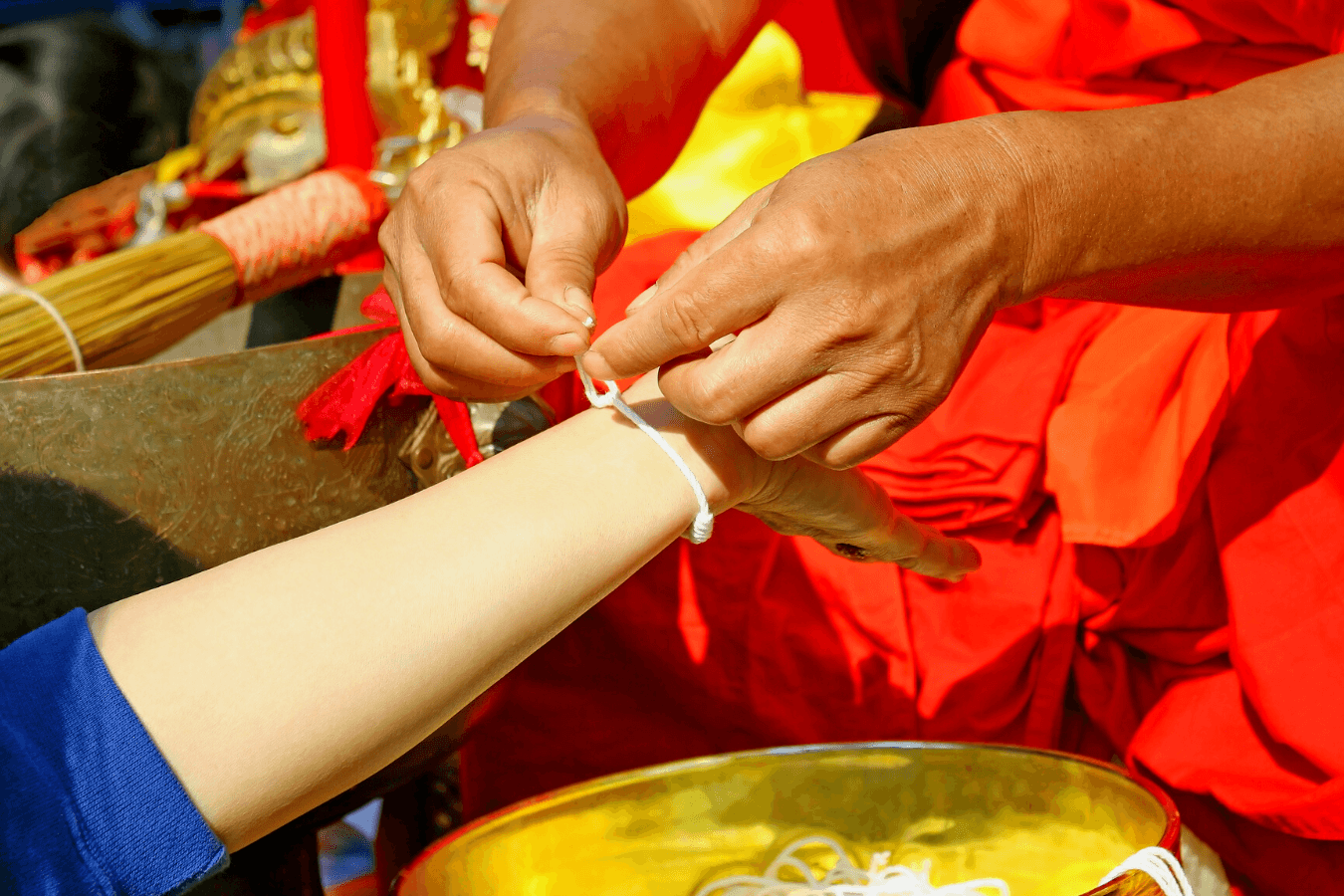
Peaceful and meditative experience
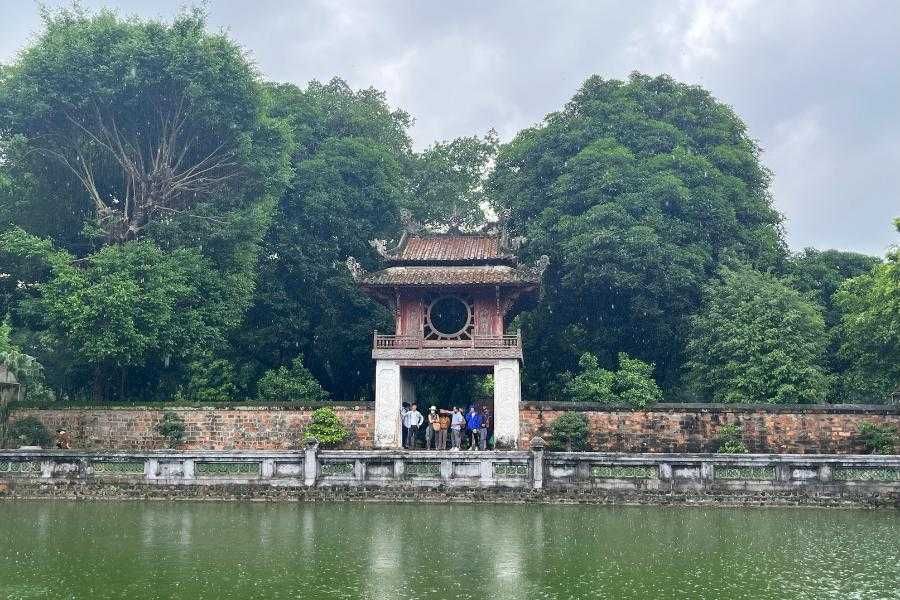
Whether you’re planning to visit Cambodia’s signature Angkor Wat or smaller temples scattered across Thailand, Vietnam, or Indonesia, it can be a peaceful and meditative experience to get lost in the spiritual atmosphere. Bear these tips in mind and be a considerate visitor when you enter a sacred area for a pleasant experience.

